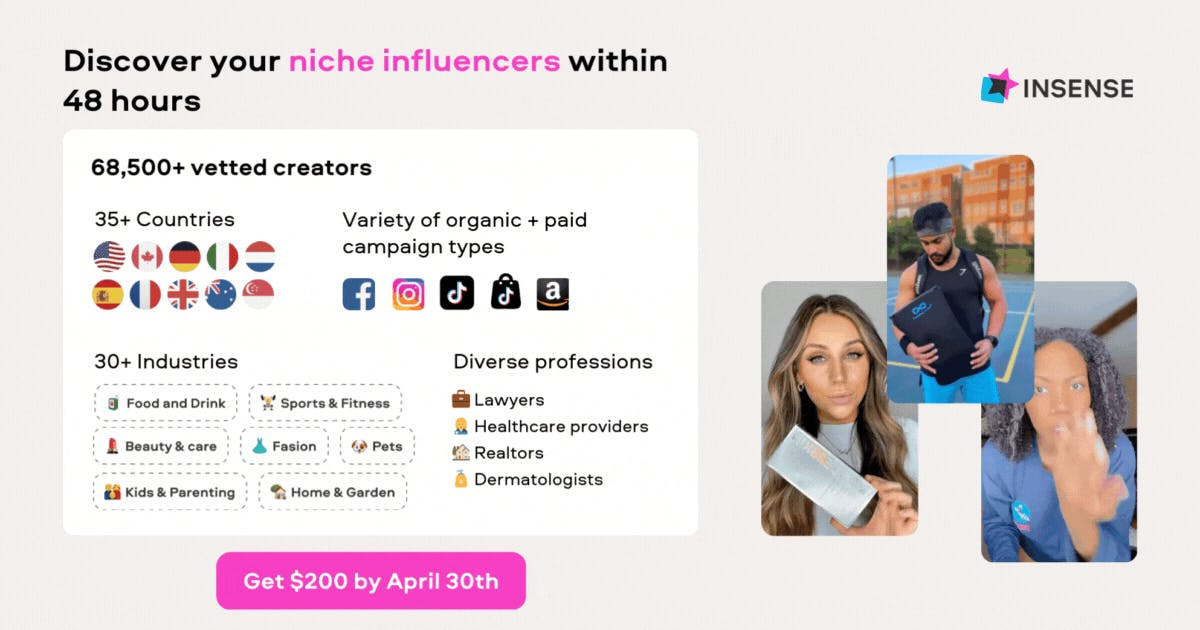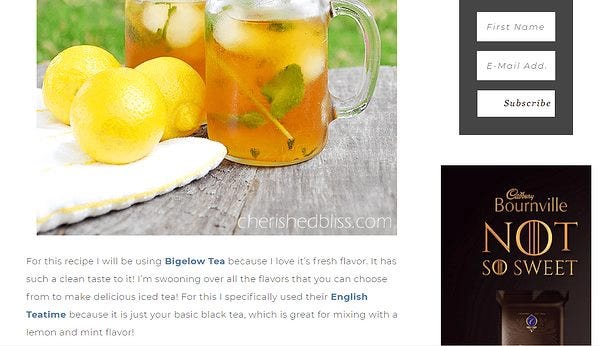Hi, and welcome back to Growth Espresso - your one-stop destination for everything e-com.
Let me ask you something.
How many times have you bought something just because your favorite creator said it was amazing?
Yeah… same here.
That’s the power of influencer marketing. And in eComm, it’s not just some fluffy, buzzwordy thing people throw around. It’s a straight-up revenue channel when done right.
Here’s a stat for your next slide deck (or dinner table flex):
👉 49% of customers say they depend on influencer recommendations.
👉 And 51% of marketers say it brings them better customers.
The truth? Influencer marketing isn’t just about hiring celebs or mega-followers to shout out your brand anymore. It’s about credibility, trust, and knowing your audience so well that you show up in their feeds like a friend—not an ad.
So today, I wanted to share 10 influencer marketing campaigns that didn’t just make noise—they made sales. These brands didn’t rely on flashy budgets or viral luck. They played smart, stayed authentic, and connected with their people.
Let’s dive in.
Before moving ahead here is a word from today’s sponsor - Insense
Find the perfect fit influencer for any niche within 48 hours
Fact: Nailin' creator-brand alignment is the key to high-performing UGC ads.
Problem: How to find perfectly matched creators?
You need Insense’s vetted marketplace of 68,500+ UGC creators and micro-influencers from 35+ countries worldwide.
Book a call by April 30 and get a $200 bonus.
1. Glossier – Everyone’s an Influencer
This one’s a masterclass in community-led growth. Glossier didn’t build their brand on celebs or big-name creators. They built it on everyday people—fans who genuinely love the product and talk about it online.
Their founder, Emily Weiss, once said:
“At Glossier… every single person is an influencer.”
That’s not just a tagline. It’s baked into how they operate.
They encourage user-generated content (UGC), turn customers into ambassadors, give out custom discount codes, and regularly repost their community on Instagram. It’s like a never-ending content engine fueled by actual love for the product.
Steal this move:
Don’t ignore the micro folks. They drive real engagement.
Turn UGC into a flywheel.
Add a referral layer = growth with margin control.
2. American Eagle – Meet Your Audience Where They Hang Out
American Eagle went big by teaming up with TikTok superstar Addison Rae.
She danced in AE jeans. Her mom danced in AE mom jeans. The whole thing screamed relatability.
They knew their Gen Z audience was on TikTok and didn’t try to force an “Instagram strategy” where it wouldn’t fit.
Takeaway:
Find where your people actually hang out online. Then show up in a way that fits the platform. Don’t try to make TikTok content for LinkedIn, ya know?
3. Mejuri – Repurpose Like a Pro
Mejuri sends jewelry to brand ambassadors → They post on IG → Mejuri repurposes on Pinterest.
Smart, right?
They’re not just looking for exposure. They’re building an asset library that keeps giving. And they’re clear upfront with ambassadors about how their content might be reused.
Oh, and they call their program “The Fine Crew.” Classy.
Pro tip:
Plan repurposing into your influencer strategy from day one.
Pinterest is still a goldmine for fashion, beauty, and lifestyle.
4. Bluehouse Salmon: Sushi-Grade Storytelling
Bluehouse Salmon (yeah, the fish brand!) got real creative.
They leaned into educational + recipe-based content, all via influencer partnerships. Think: “How to cook sushi at home” or “Why sustainably-raised salmon matters.”
Why it worked:
This wasn’t a flash-in-the-pan campaign. They built a longtail content moat that grew steadily.
Result:
500+ pieces of content
3,000 new followers per month
1,900% growth in followers over 12 months (!!!)
5. Topicals: Skin Care with a Side of Bermuda
Topicals threw an influencer trip to Bermuda to celebrate their 3rd birthday. It wasn’t just a party—it was a content machine.
They invited 18 influencers and let them create their kind of content: GRWMs, ASMRs, dinner shots—you name it.
Why it worked:
Topicals didn’t control the narrative. They let creators do what they do best. That authenticity punched through.
Result:
3M+ impressions
5,000 new TikTok and IG followers
Massive boost in brand equity
6. Missguided – Hashtag Your Way to UGC Gold
Missguided didn’t just launch campaigns—they started a movement.
Their #babesofmissguided hashtag has 400k+ posts. That’s hundreds of thousands of people creating content for the brand, most of them unpaid.
They also mix in TikTok creators and keep their campaigns channel-diverse and super inclusive.
Lesson here:
If you want your influencer strategy to scale, make it feel like a party everyone’s invited to. Not just a VIP club.
7. Bigelow Tea – Blogs Still Work (When Done Right)
Not all influencer campaigns live on Instagram.
Bigelow Tea partnered with a blogger, Ashley Thurman, who created a delicious iced tea recipe for her blog readers. Simple. Old-school. And incredibly effective.
Result?
🔼 +18.5% in sales
💬 32,000 engagements
Takeaway:
Don’t sleep on long-form content or smaller platforms. If your product solves a problem well, any content format can work.
8. Fiji Water
File this under simple but genius.
Fiji Water teamed up with fitness influencer Danielle Bernstein (aka We Wore What) and launched “Bodyworewhat”—free 8-minute workout videos that also subtly pushed hydration with Fiji.
Why it worked:
She had 150K followers, not millions—but she had trust. The workouts felt authentic, and Fiji wasn’t shouting—it was just there.
Result:
2,000+ pieces of UGC. 190,000+ #FijiWater posts. That’s a whole lot of unpaid reach.
9. Native – YouTube > IG (For Some Brands)
Native, a natural deodorant brand, leaned into YouTube creators like Zoë Sugg.
The reason? Deodorant isn’t a super visual product. YouTube lets influencers talk about the brand, explain the ingredients, and walk through why they made the switch.
The longer format = more trust = more conversions.
What to remember:
Match your influencer platform to your product. Not everything belongs on Instagram.
Wrap-Up: What We Learned
Whether you’re selling sustainable skincare, mom jeans, or tea bags—there’s an influencer playbook that fits.
You don’t need a massive budget. You just need:
✅ A clear goal
✅ The right creator
✅ A smart content repurposing plan
✅ And a genuine connection with your audience
Influencer marketing isn’t about chasing trends. It’s about trust.
And trust, my friend, sells.
Want more ideas like this? Hit that subscribe button. I share real-world growth strategies, not fluff.
See you in the next one 👋











